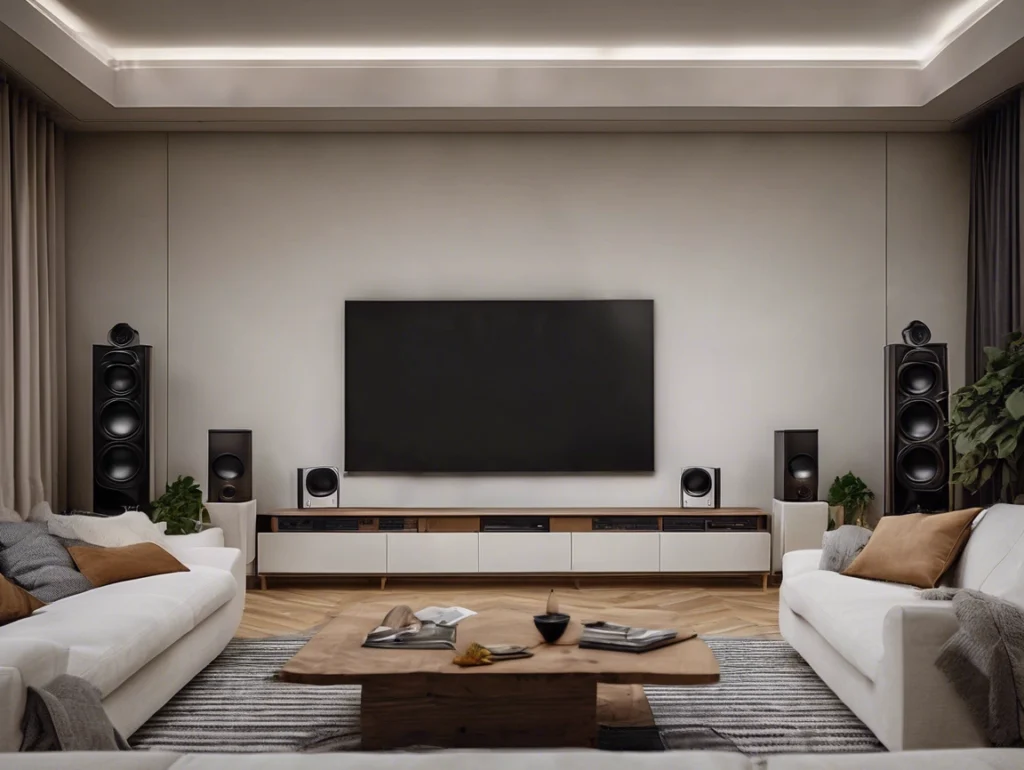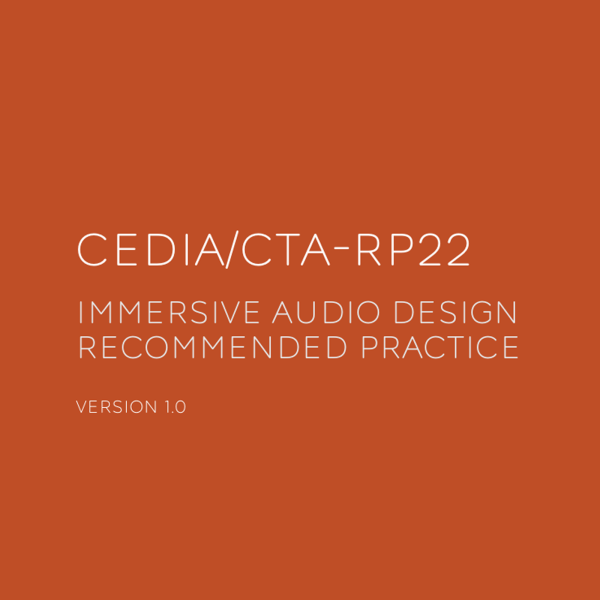Why Sound Isolation Matters?
A truly immersive home theatre experience requires proper sound isolation – both keeping outside noises from ruining your movie and preventing your theatre from disturbing the rest of the house (or neighbours). Without good isolation, traffic noise, HVAC systems, or even a running refrigerator can break your immersion during quiet scenes.
Understanding Sound Transmission
Sound travels in two ways you need to control:
1. Airborne noise – Sound waves traveling through air (voices, movie audio)
2. Structure-borne noise – Vibrations traveling through walls and floors (footsteps, bass frequencies)
The most effective (but most expensive) approach involves:
– Building an isolated inner room separated from the outer structure
– Floating floors on neoprene or spring isolators
– Resilient channels for drywall mounting
– Sealed electrical boxes and HVAC penetrations
Practical Isolation Solutions for Existing Rooms
For most homeowners, these solutions offer significant improvements:
Wall Treatments
– Add mass with additional drywall layers
– Use damping compounds like Green Glue between layers
– Install resilient channels to decouple walls
– Seal all gaps with acoustic caulk
Door Upgrades
– Replace hollow-core doors with solid-core (minimum 1-3/4″ thick)
– Install automatic door bottoms and perimeter seals
– Consider double-door vestibules for critical applications
Window Solutions
– Install laminated glass windows
– Use secondary interior window inserts
– Heavy drapes with mass-loaded vinyl liners
Measuring Isolation Performance
Two key rating systems:
1. STC (Sound Transmission Class) – Measures airborne sound blocking (higher is better)
– Normal speech: STC 25-30
– Good isolation: STC 50+
– Professional studios: STC 60+
2. IIC (Impact Insulation Class) – Measures footstep/impact noise reduction
Common Isolation Mistakes
❌ Ignoring flanking paths (electrical outlets, HVAC ducts)
❌ Using standard doors instead of acoustic-rated ones
❌ Forgetting to seal small gaps and penetrations
❌ Overlooking vibration isolation for equipment
Cost-Effective Improvements
1. Seal all gaps – Use acoustic caulk around outlets, windows, and baseboards
2. Add mass – Extra drywall layers with Green Glue compound
3. Upgrade doors – Install solid-core doors with proper seals
4. Isolate equipment – Use vibration pads under subwoofers and amplifiers
Professional vs. DIY Approaches
While serious isolation requires professional construction, many effective improvements can be DIY:
– Weekend projects: Door seals, outlet gaskets, heavy curtains
– Moderate skills: Additional drywall layers, resilient channels
– Leave to pros: Floating floors, HVAC silencers, custom doors
The Payoff
Proper sound isolation means:
– No more turning down the volume during night viewing
– Crisper dialogue without competing noise
– Freedom to enjoy full dynamic range
– Happy family/neighbors who aren’t disturbed
Remember: The weakest link determines your overall isolation. A perfectly isolated wall means nothing if you have a hollow-core door or unsealed HVAC vents. Address all potential sound leaks for best results.


